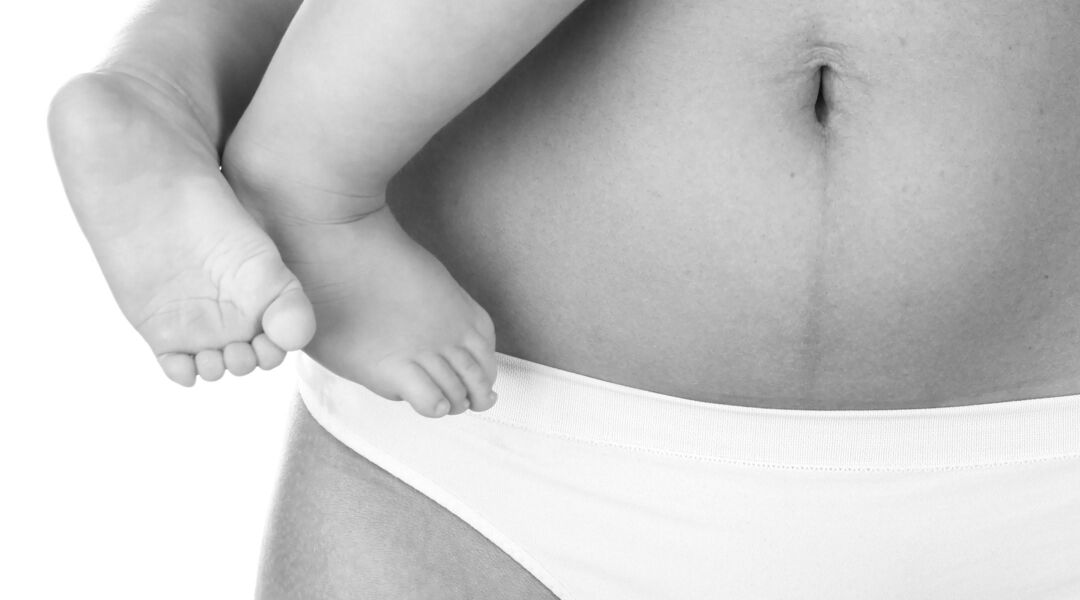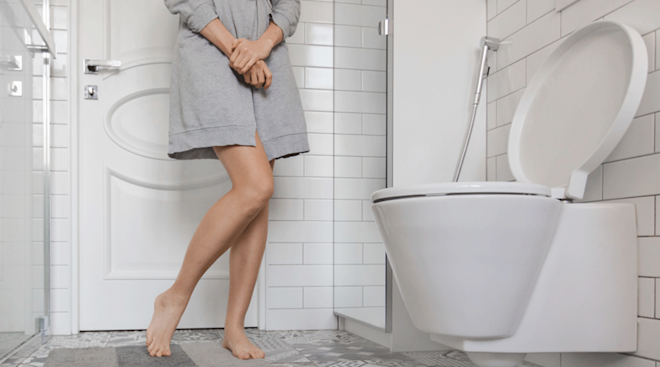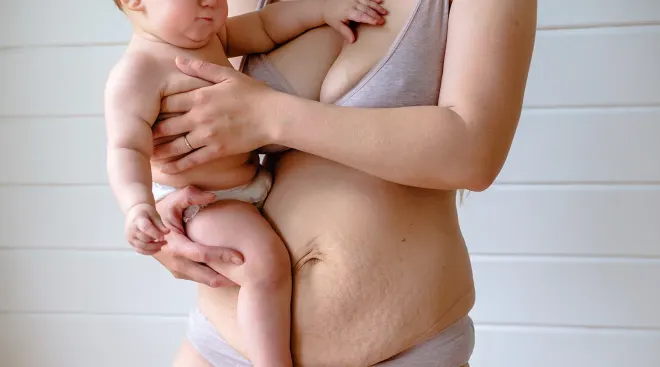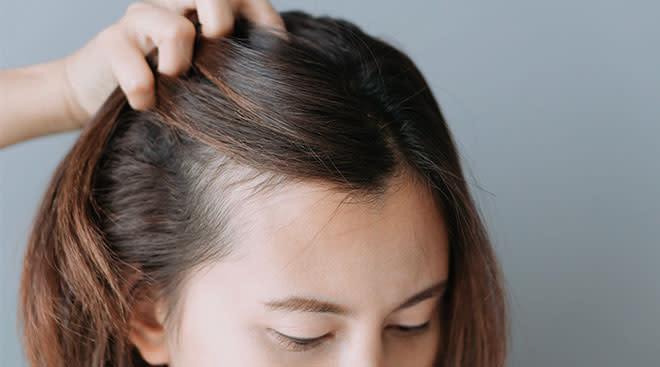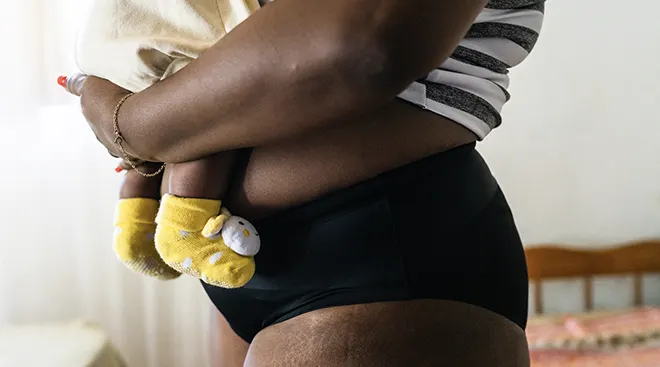Pelvic Floor Therapy: What It Is and How It Can Help You
You may be thinking, “What is pelvic floor therapy?” Well, guess what: You’re certainly not alone. Many women feel embarrassed discussing pelvic pain after birth, or any pelvic issues in general. But they shouldn’t be, because pelvic issues affect many women—and men! And there’s good news here: There’s treatment for a wide variety of pelvic issues. It’s known as pelvic floor therapy.
Read on to learn everything you need to know about pelvic floor therapy, including what it is, who it affects and how it can help you. You’ll also learn about what to expect from a pelvic floor physical therapy session from a physical therapist experienced in women’s issues.
So what is pelvic floor therapy? Pelvic floor therapy is the treatment of one or all of the following: pelvic pain, urinary symptoms and/or bowel symptoms. Symptoms can include urinary incontinence, urinary urgency and frequency, bowel incontinence, constipation, and bowel urgency and frequency. Other signs to watch out for include pain during and after intercourse, pain while sitting, nerve pain (such as sciatica or pudendal neuralgia) and pain in the pelvic joints (including sacroiliac joints, pubic joints and tailbone).
“These symptoms may be present because the pelvic muscles are either too tight, weak or lax,” says physical therapist Nazneen Vasi, MHS PT, who owns Body Harmony Physical Therapy in New York City. “Also, the pelvis may be out of alignment.”
It’s important to note: Women and men of any age can deal with this! And not just pregnant women.
All of that said, while pelvic floor pain may not be exclusive to pregnant woman, there are specific concerns about a woman’s pelvic floor post-pregnancy—especially for the woman who may have learned incorrect pushing techniques or experienced a prolonged labor.
“Postpartum, the pelvic floor can get stretched and weak,” Vasi tells The Bump. “This can cause pelvic organ prolapse.” This can include cystocele (or “bladder drop”), ureterocele (a “dropped urethra”) or uterine prolapse (a “dropped uterus”). Pelvic organ prolapse can create a number of uncomfortable symptoms, to say the least, including near-constant pressure in the pelvis, urinary frequency, urgency and incontinence, pelvic pain and pain with intercourse.
In addition, during delivery, a woman may experience a perineal tear, or need an episiotomy (that is a cut to the muscular area between the vagina and the anus made to enlarge the vaginal opening during delivery). These can also cause pelvic pain after birth while sitting or during sex.
Now, for the good news: There is treatment! Pelvic floor therapy is designed to address all of the issues listed above. Through a combination of manual and hands-on treatment, neuromuscular re-education and postural repositioning, these techniques can help alleviate symptoms, if not eliminate them entirely. The bladder can be retrained and the muscles can be soothed and realigned, Vasi says, with an experienced physical therapist at hand.
Here’s something else you might not know: Not all of the therapy needs to happen post-pregnancy. In fact, you can prep your pelvic floor for pregnancy through preventative care with visits to a pelvic floor therapist during the prenatal period. The pelvic floor therapist can teach massage techniques that may ultimately keep you out of the therapist’s office after you give birth.
If you are prescribed pelvic floor therapy—or volunteer for it yourself—here’s what you can expect from a pelvic floor physical therapy session.
- During the initial examination, the therapist will take a detailed medical history from the patient.
- After that, there’s a physical examination, which includes evaluation of the abdominal wall, respiratory diaphragm, hip muscles, lower back muscles, posture, pelvic joints and pelvic muscles. Pelvic muscles are evaluated internally, either vaginally or rectally, with a gloved finger for the tone and strength of the muscles. (Note: If the pelvic muscles are tight, there may be some soreness with the evaluation, though it’s typically not extreme.) At Vasi’s practice, they also do a scan of all joints during the examination. As her therapists say, “Everything affects everything.”
- Finally, the therapist will discuss their findings with the patient and formulate a plan of care, usually a combination of in-office treatment and at-home care, the latter focused on stretching and breathing exercises.
- At follow-up sessions, any dysfunction is treated. The combination of manual therapy (hands-on), neuromuscular re-education and postural re-education makes up a one-hour session, held inside a private room.
- As at many rehab groups, patient awareness plays a big role in recovery. Therapists explain to patients not only what they are doing during the session, but also what they can at home to help, including exercise and posture awareness, among other practices.
As for how long a patient needs pelvic physical therapy? That depends entirely on the patient and his or her needs. “There are many factors that influence the duration of therapy, including chronic or acute conditions, patient compliance with therapy and other coexisting factors,” Vasi explains. Still, with diligence, many women start to feel the benefits of pelvic floor therapy within three to six months.
Navigate forward to interact with the calendar and select a date. Press the question mark key to get the keyboard shortcuts for changing dates.
































